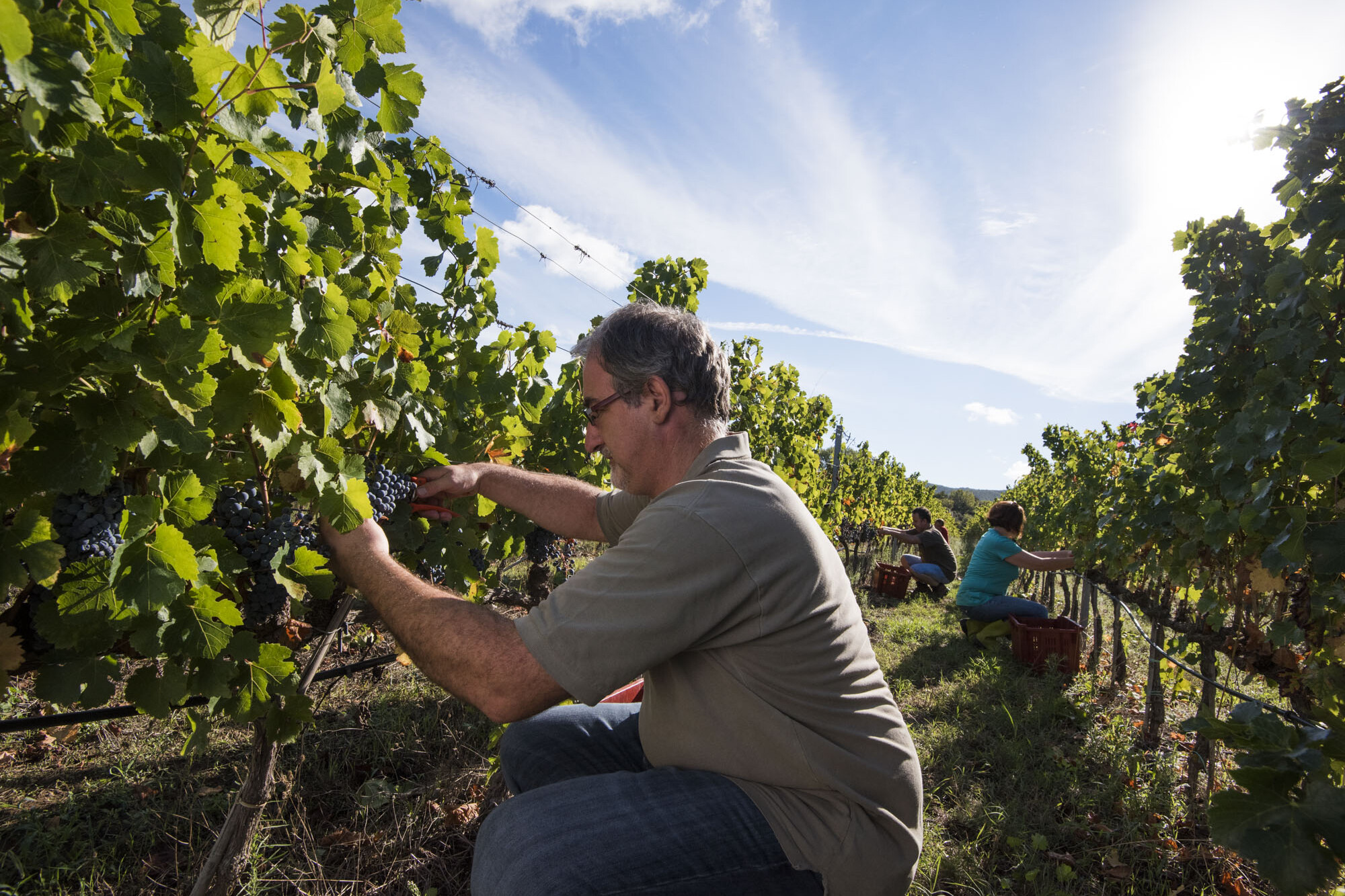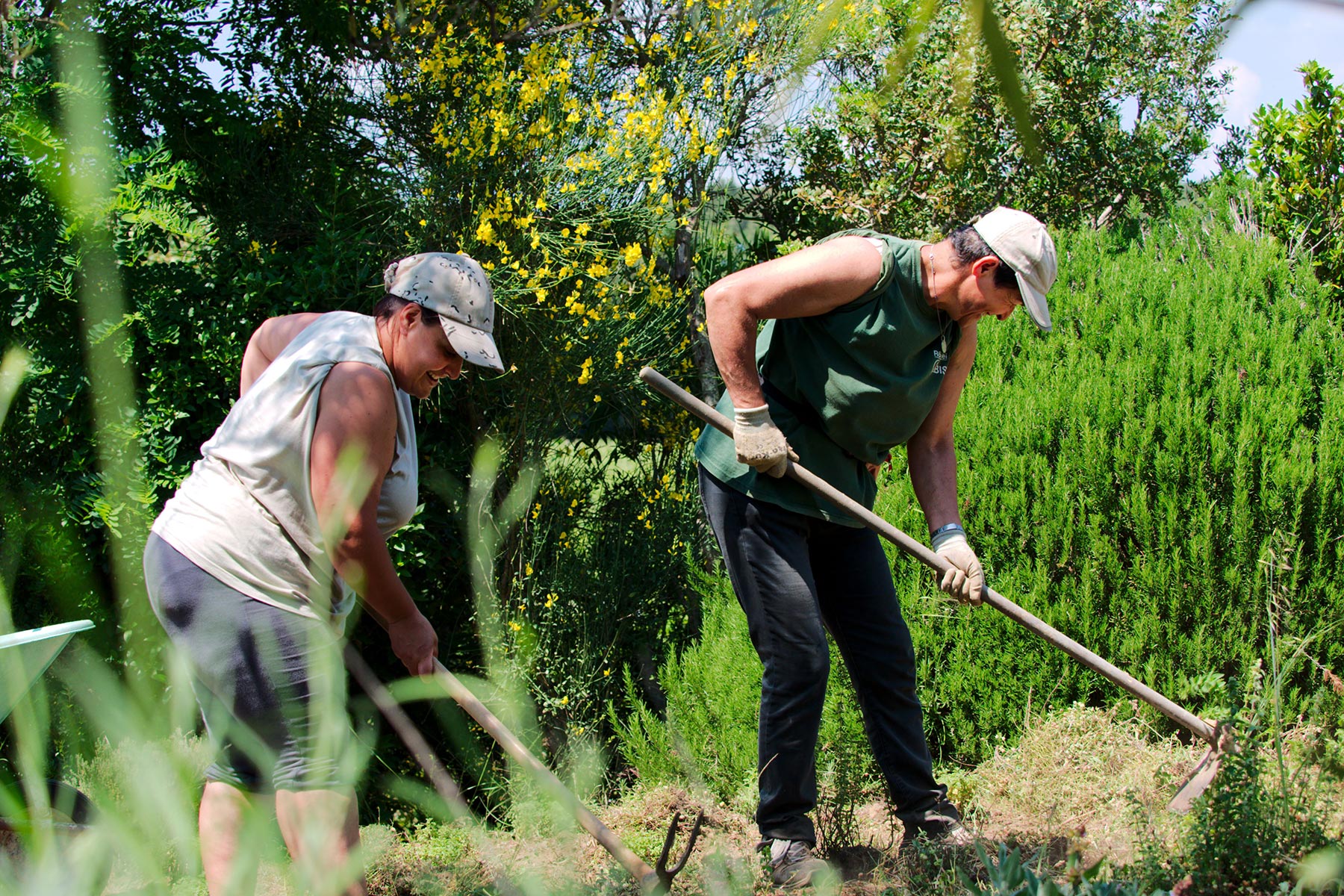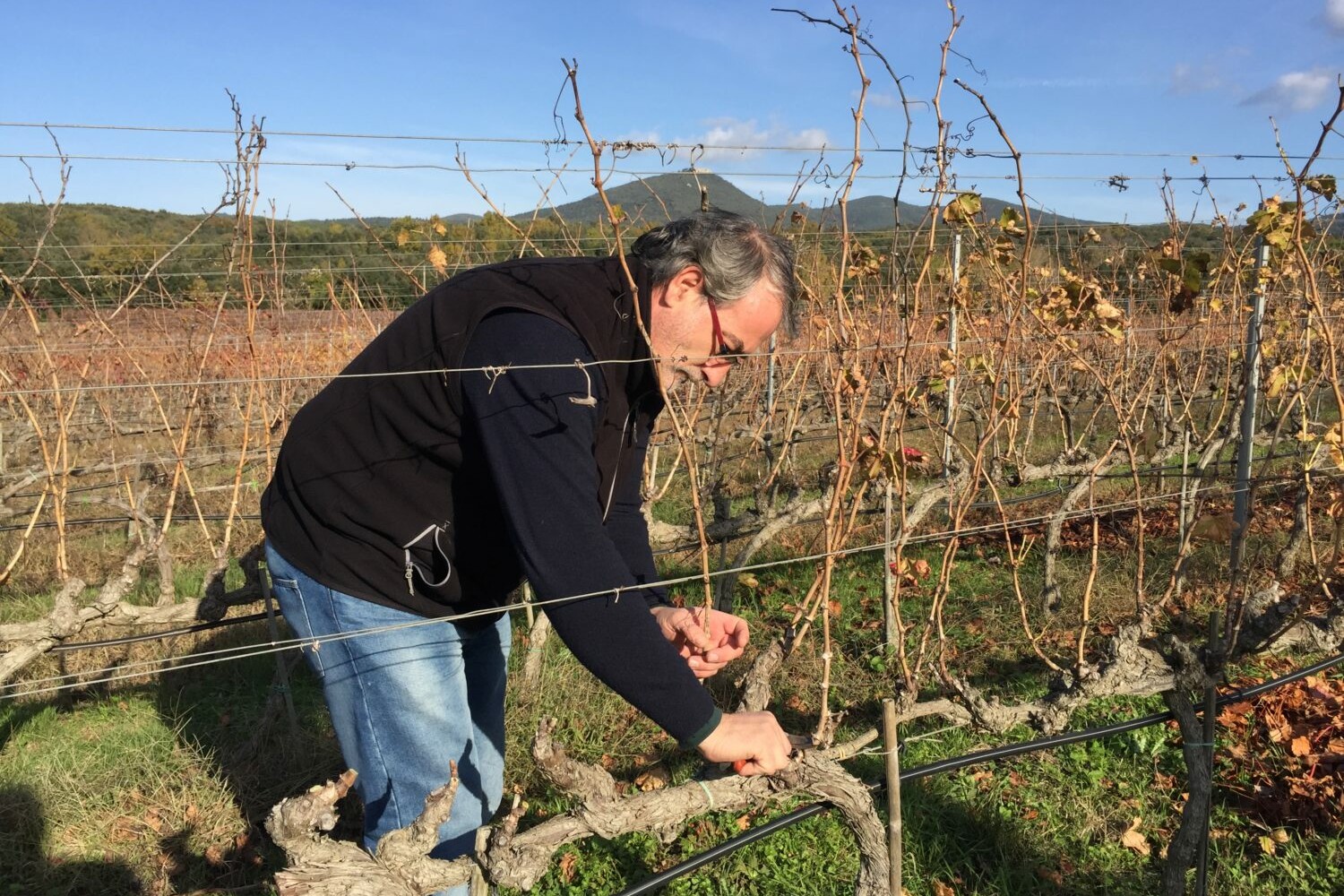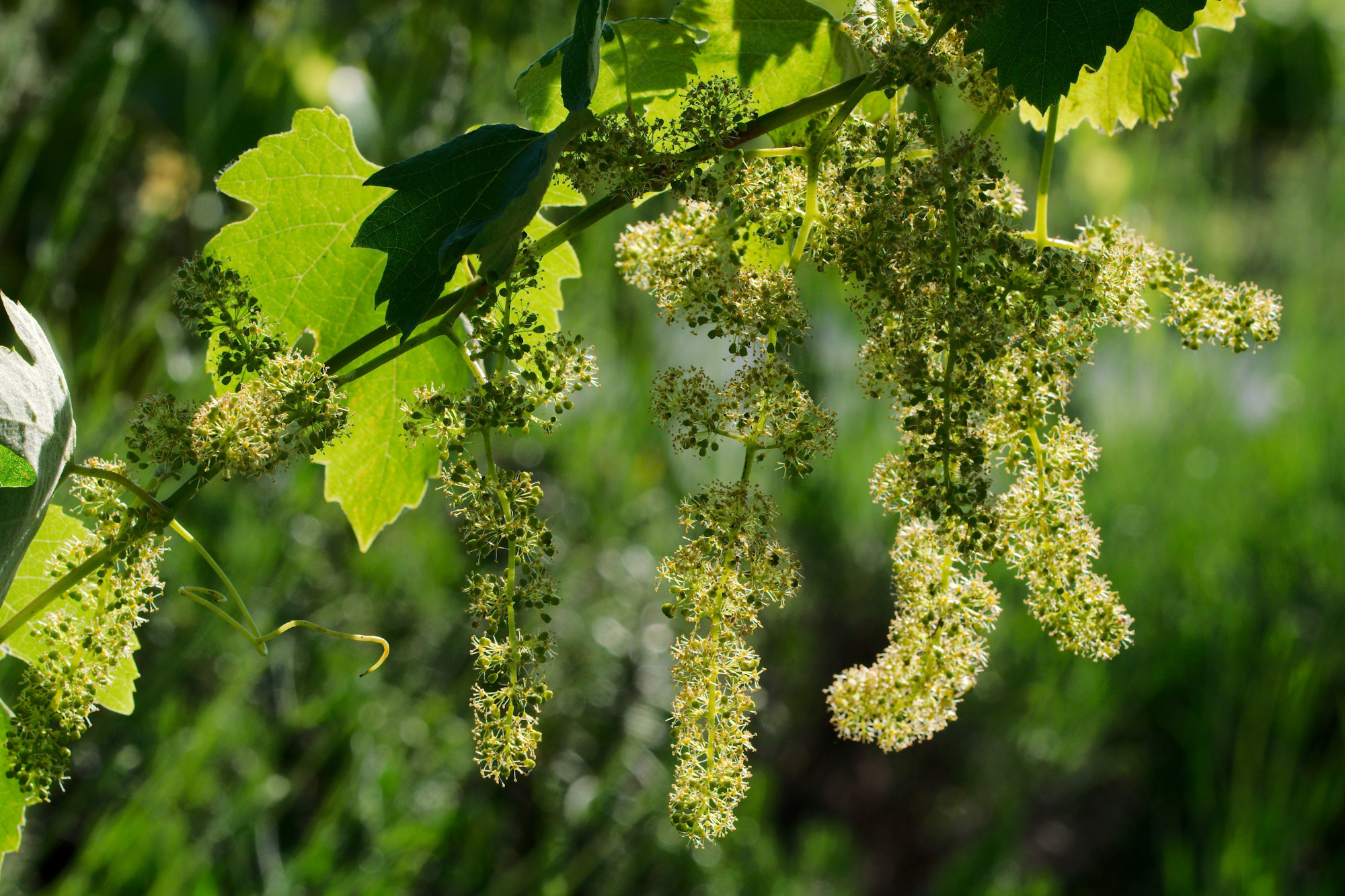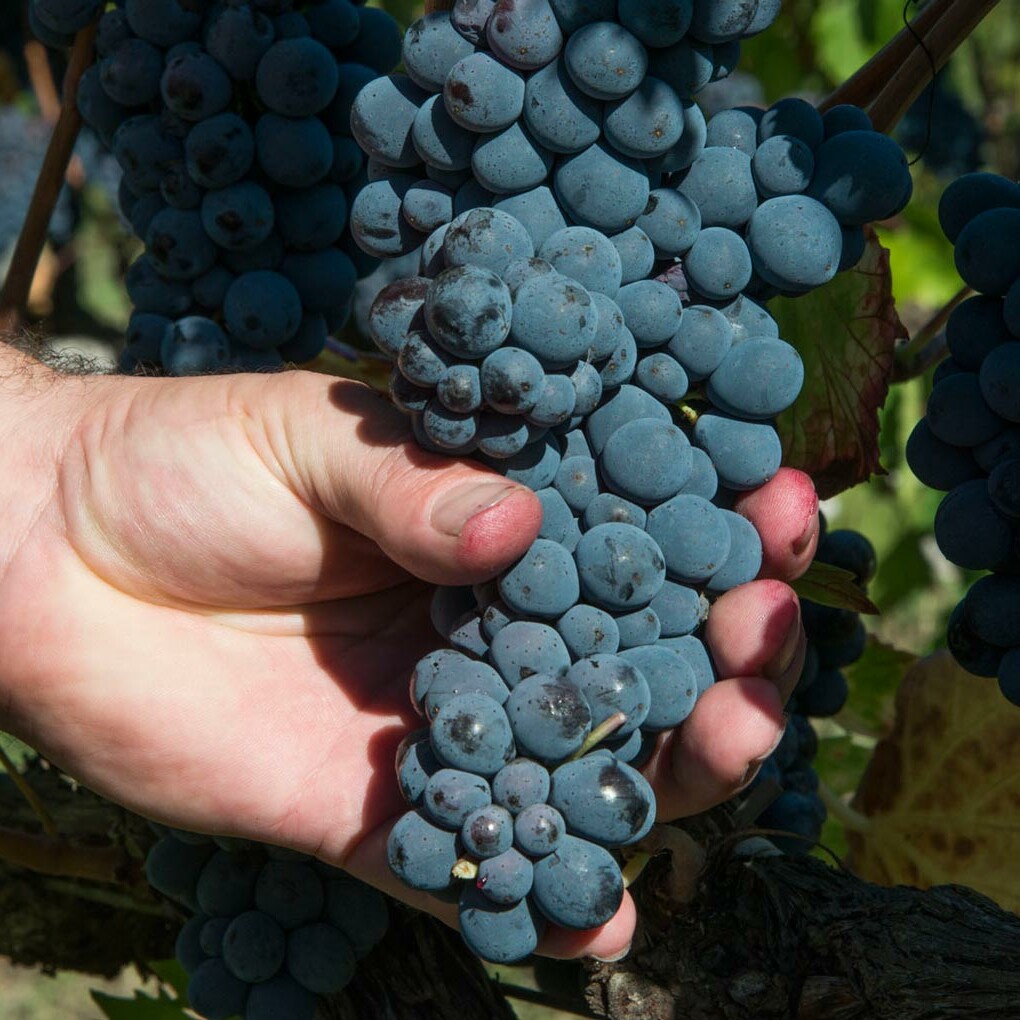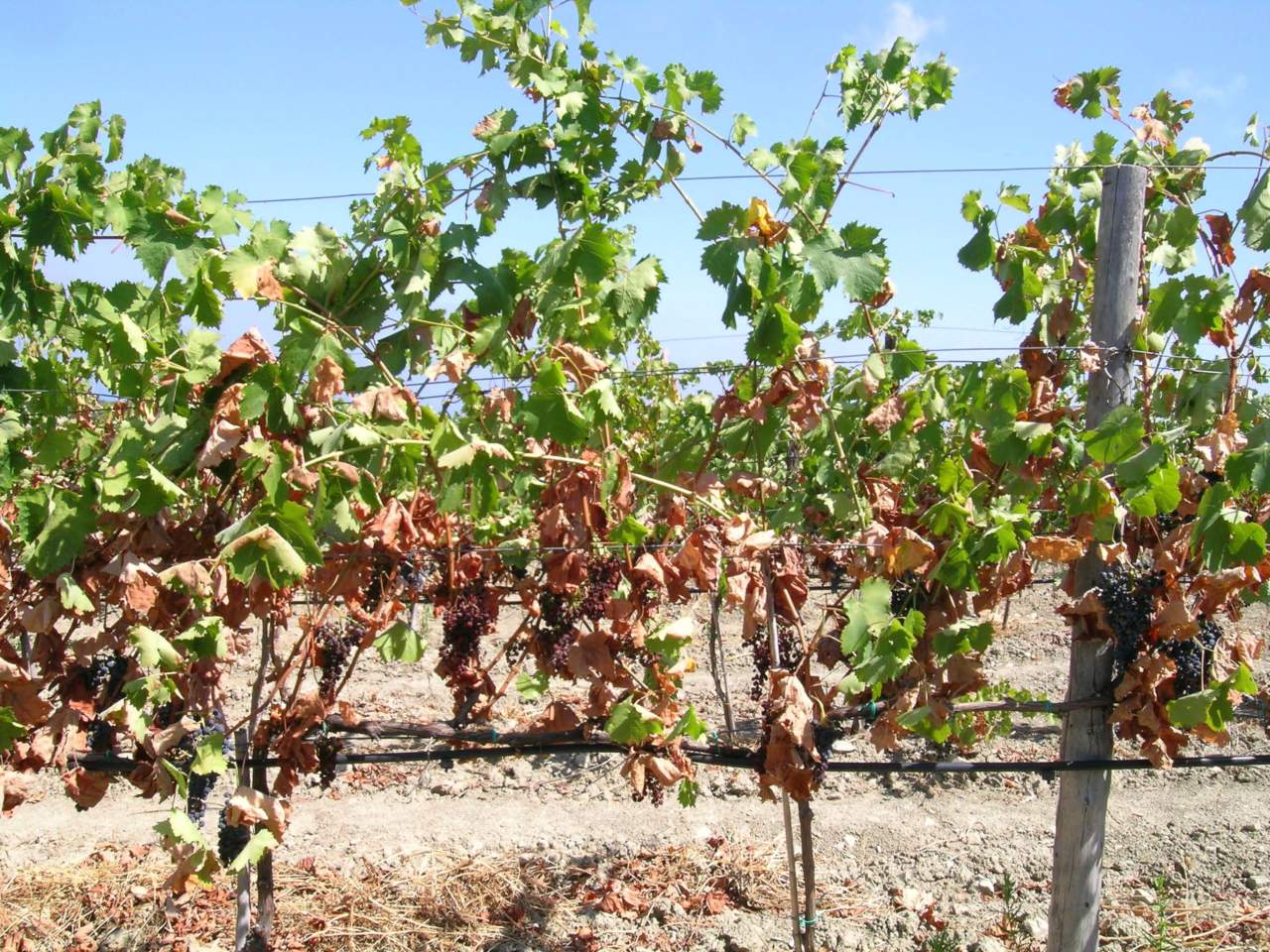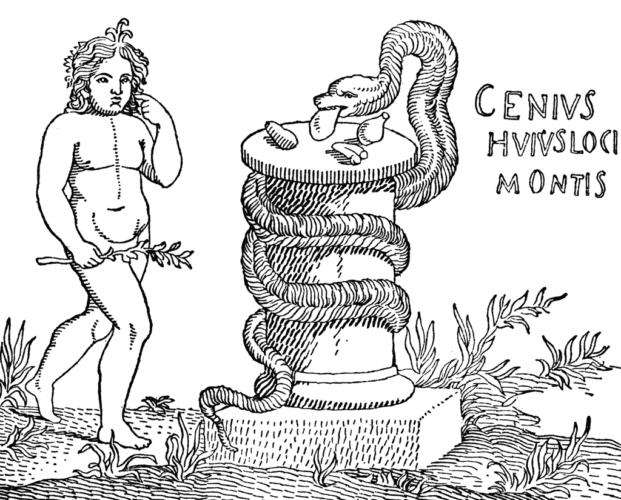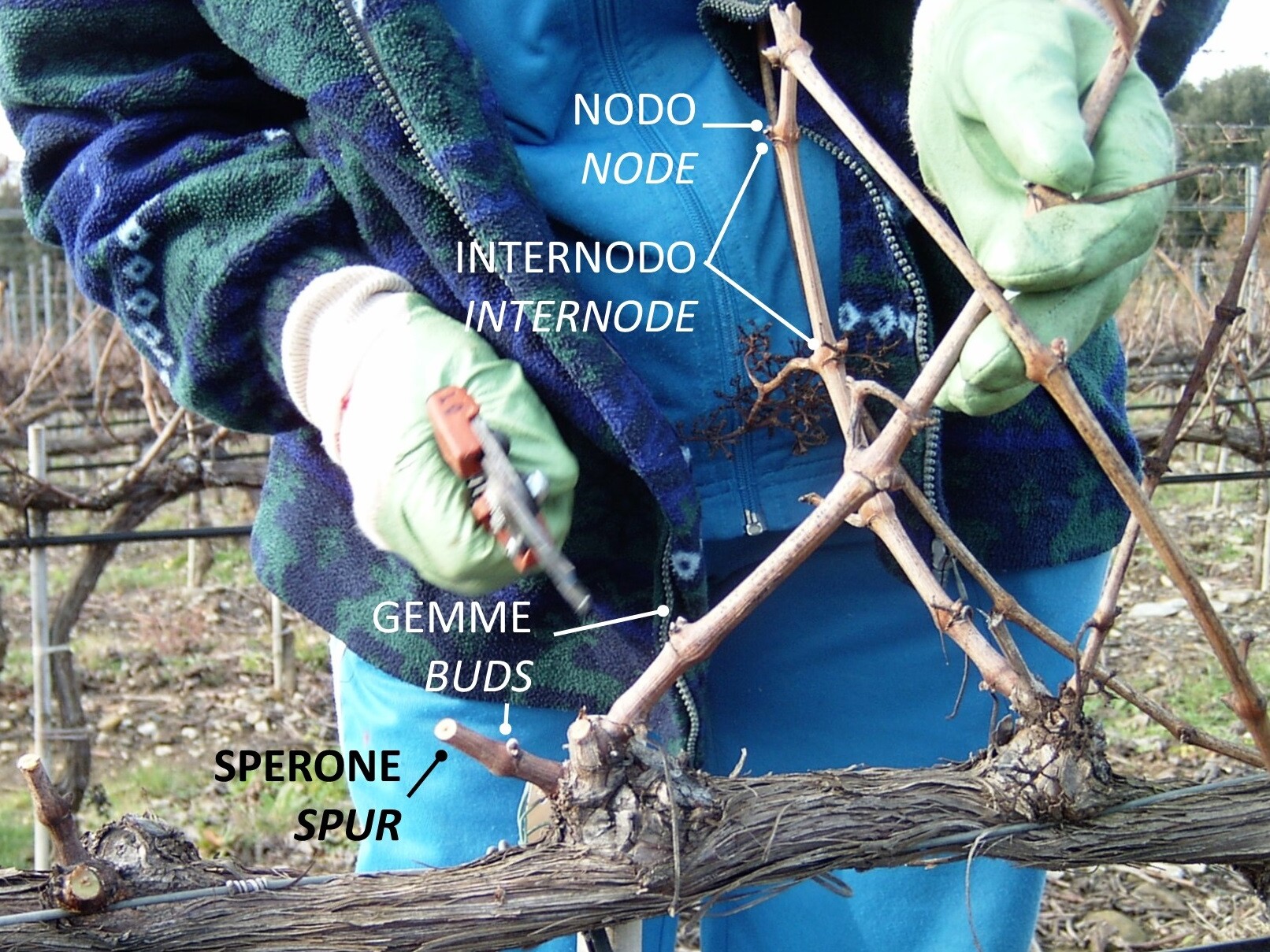The production of terroir-expressive wine requires an optimal vineyard management firstly.
The vineyard is a complex ecosystem, formed by the vines and the soil, its natural surroundings and the living beings that inhabit these spaces. Respectful management makes it possible to achieve a balance that can develop resilience and adaptability and allows external inputs to be increasingly reduced. The necessary interventions come with the experience of the winegrower, with systems with the lowest possible environmental impact, in the light of current knowledge.
Work in the vineyard follows the natural cycle of the vine and is strongly determined by seasonal trends. There is a lot of work to do, all aimed at getting each individual vine to find an optimal balance. It is not an easy because, if done well, it must be tailored to each micro-parcel of vineyard and changes every year. It requires picking up on sometimes imperceptible changes, knowing how to make the right decisions at the right time, sometimes even taking a bit of a risk. Being a vine grower means having the privileged position of living in the vineyard every day and knowing it inside out.
Some key elements:
The creation of a vineyard should never be casual. It is important to make the most appropriate choices according to the nature of the land. The soil and the micro-climate of the plot condition the choice of the varieties to be grown, the rootstocks, the type of wine that can be produced there, the distances between the vines, … Our vineyards are on average very dense (around 8,000 vines per hectare) to maintain optimal production for each individual vine.
The vine training system is set in the first years of growth and will remain throughout the life of the vineyard. It is important for grape quality because it influences the physiology of the vine. It must be chosen according to the variety of the vine and the characteristics of the terroir. Our vines are trained by spurred cordon and guyot (depending on the variety), two Italian traditional systems that enable a high level of grape quality and excellent vineyard management. In the historical vineyards, we use the vine married to the tree method, the ancient Egyptian tunnel pergola and the ancient Greek bush-trained system.
Soil management is fundamental to the balance of the vineyard. We strive to ensure that the soil is vital and that the vegetation does not create problems for the vines. We chose spontaneous grassing of the vineyard because it promotes a natural water balance. In cooler seasons, it avoids excess water and nutrients, counteracts erosion and stagnation. While in summer the grass dries up spontaneously in our climate. The spontaneous meadow has a high biodiversity: it is an attractive habitat for useful micro-fauna. It allows us to reduce inputs into the vineyard, reducing fuel consumption and avoiding soil compaction problems. When necessary, we till the soil and green manure grass is an excellent fertiliser for the vines.
The vine is not a demanding plant, but it must have enough nourishment (mineral salts) to produce excellent grapes. The needs vary according to the climate, the soil, the variety, the rootstock, the seasonal trend, … The enrichment of our soil with organic matter occurs mainly from plant remains. They derive from the mulching of the remains of grass cuttings, from the pruning, from the stalks, … These are shredded on site and become compost which enriches the soil with nitrogen, calcium and potassium. The high biodiversity index favors the mineralization of organic matter and the correct distribution of these nutrients. Mineral fertilization is done only when and where needed.
Thanks to our well-ventilated Mediterranean climate, we generally have few vine disease problems. In any case, we follow the principles of integrated viticulture, based primarily on biological control, agronomic prevention (adequate pruning and canopy management), the minimal and targeted use of biodegradable or low environmental impact defense products. This setting allows us to verify the absence of any residue both in the wines and in the vineyard.
Biodiversity is encouraged by our low environmental impact practices, spontaneous grassing and contiguity with hedges and woods. The high biodiversity index is an important element of biological control. It favors the balance of the vineyard because it has a positive effect on the recycling of organic matter, the nutritional availability of the vine, the control of diseases and parasites, the quality of the soil and the water cycle.
Winter pruning is the first among the many jobs necessary to direct the vine to a harmonious balance. In winter, when the vine is at rest, the branches of the past year are cut. We leave a certain number of buds for the following year, carefully evaluated. Too many would cause an excess of grapes to be produced. Too few would induce too vigorous growth of the green parts, reducing energy from the ripening of the bunches. Pruning can only be done by hand and requires great expertise as each plant must be evaluated individually.
This job is performed on the shoots from spring onwards to give the right balance to the canopy of the vine, i.e. the mass of leaves. The canopy is very important because it represents the vine’s ability to absorb sunlight and use it for its own growth, production and ripening of the grapes. At the same time, however, it consumes part of the plant’s resources, so it shouldn’t be excessive. Its optimal balance is different depending on the environmental conditions. The orientation of the shoots is also important, which in turn is linked to the vine training system.
As the vine grows, it tends to continuously lengthen the shoots (this is called “apical dominance”). Over time, however, the leaves at the base age and are no longer as efficient in their photosynthesis. The topping, i.e. the cutting of the tips of the shoots, serves to contain their growth but also to stimulate the lateral buds. These form new leaves, young and very efficient, capable of supplying new energy to the plant in the summer, when the grapes are ripening. When and how to do it depends on the vineyard, the grape varieties and the trend of the weather.
The quality of the grapes also depends on the number of bunches that each plant brings to maturity. It is a choice to be carefully evaluated. It changes with the variety, the type of wine, the environment, the vintage, the plot, … For the final quality of the grapes, it is important that the yield is low. However, even too low a yield can become counterproductive in very hot climates and years, because it involves too fast ripening, unbalanced grape production, with excessive alcohol, … The quantity of grapes produced is managed with different interventions, such as pruning and thinning of the bunches.
In general, it is preferable that the bunch is shaded by the leaves in a sunny environment like ours. Excessive exposure to intense sun causes burns that alter the quality of the grapes. On the other hand, in particularly humid years, it may be useful to improve exposure by removing some leaves around the bunch, to circulate the air and avoid the development of rot and mold.
The decision when to harvest is crucial. Making a mistake means risking the efforts of the entire year. The ideal harvest time is different depending on the variety, the type of wine (young, for aging, …), the micro-zone of the vineyard, … When we are close, we follow the trend day by day. The decision comes from a complex set of evaluations: the tasting of the grapes and the analyzes (sugar content, acidity, polyphenols). At this point, the grapes of each homogeneous micro-zone are harvested, selected and processed as quickly as possible, to avoid any deterioration of the fruit.
